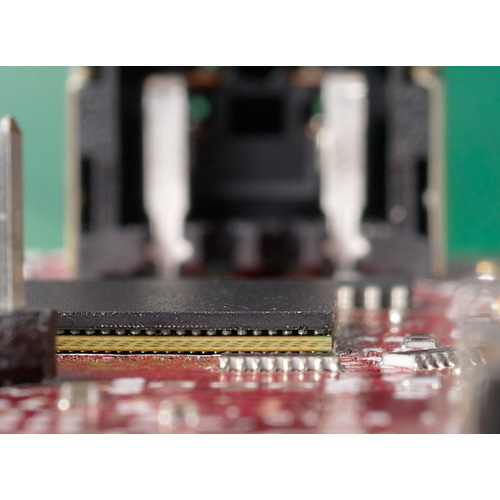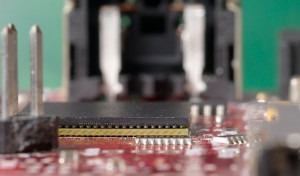When designing a product, adhering to DFM guidelines from the very beginning is of foremost importance. There are several benefits to making DFM a central part of the product development process, such as:
- Improved quality and reliability
- Maximizing ease for manufacturability and testability
- Shortened time-to-market
- Minimizing the costs for production
To introduce our upcoming series of articles which focus on some of the important principles and fundamentals of DFM, let’s start by exploring a basic overview of the main advantages and specific ways it is utilized within the electronics manufacturing services (EMS) industry.
Creating maximum profitability for product development and manufacturing by utilizing DFM principles requires the combined teamwork of a multi-disciplinary design team. This team must be composed of people who have a range of skill sets in fields beyond just those of design and electrical engineering. Manufacturing managers, sales professionals, cost accountants, marketing personnel, and others also play key roles within the team.
As technologies become more and more complex and the manufacturing base more global, the importance of DFM – nowadays more than ever, is of critical importance in the early stages of a project.
If not implemented properly, these problems will typically occur:
- Excessive production costs
- Undesirable quality issues
- Problems with functional test
- Increased risk of inadequate quantity yields
Many companies already employ skilled teams of engineers and designers. However, there are still important advantages to be gained from collaboration with a design team which has experience in creating products specifically designed for manufacturability. The various processes involved in PCB assembly each have affiliated sets of guidelines containing the rules, tolerance amounts, and manufacturing checks which are used to incorporate DFM. Engineers use these rules while working on the initial design of a product, and also take into account the capabilities and/or limitations of the electronics manufacturer who will build it. A designer who does not have adequate experience with DFM or knowledge of the capabilities of the manufacturer being utilized is likely at a disadvantage in this regard.
Electronics manufacturers like Milwaukee Electronics follow the principles and guidelines of DFM for one central reason: maximizing customer satisfaction.

When manufacturing costs are kept low, product shipments and yield requirements are satisfactory and high percentages of finished product function correctly, the end results tend to be profitable and gratifying. Whenever its guidelines and practices are being properly utilized, the stages of an EMS outsourcing project are more likely to be hassle-free and devoid of costly errors.
In future articles, these concepts will be explored and analyzed on a deeper level, with the goal of further expounding some of the finer details about DFM and its inherent importance to electronics manufacturing and printed circuit board assembly.


